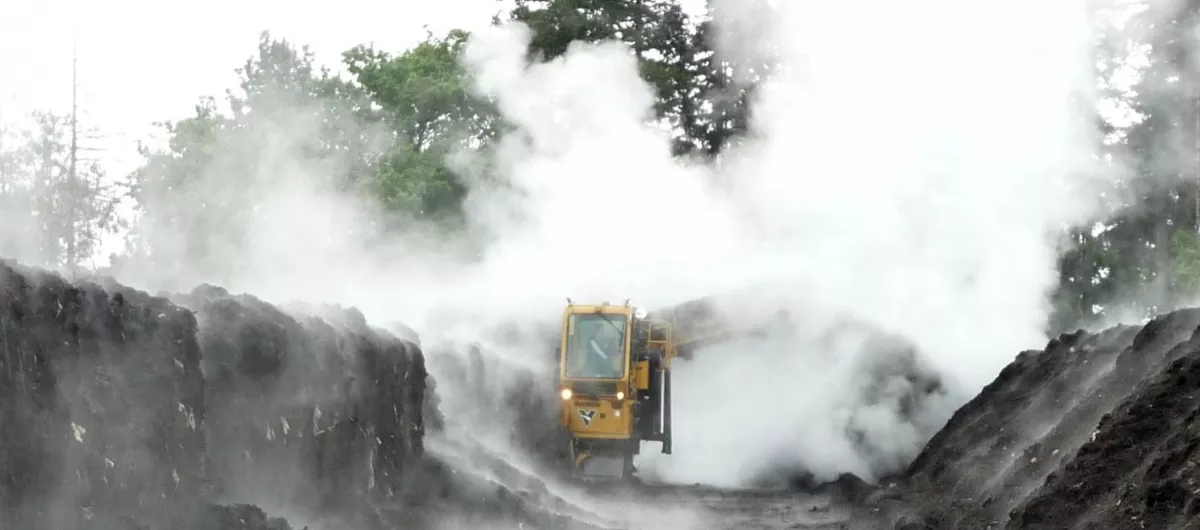
acf domain was triggered too early. This is usually an indicator for some code in the plugin or theme running too early. Translations should be loaded at the init action or later. Please see Debugging in WordPress for more information. (This message was added in version 6.7.0.) in /nas/content/live/ecs2021/wp-includes/functions.php on line 6121Odor problems at commercial scale composting facilities are a far too well known problem. The resulting fines, lawsuits, disputed studies, and neighborhood organizations have been well publicized. Now when new composting facilities are proposed, the “No” folks can Google a large stock of horror stories to help them put up road-blocks in the permitting process.
In an insightful article “Legal Perspectives on Odor Impacts” (BioCycle, March 2014) Bradley Jones, an attorney who represents community groups in suits against composting facilities with odor issues, has provided his point of view. To begin with, he stated that the most common odor-based damage claims are:
Mr. Jones also addressed this subject at the annual WORC conference (November 2013, Vancouver WA). Our “take-aways” from his talk were that the best chances for the community to win a large jury award if:
Some truths about composting include: it always smells, the strength of odors depend on both facility design and operation, the larger the facility the stronger the smell, and the closer the facility is to a non-company nose, the more critical reducing, capturing and controlling odors become.
For most facilities the major risk factor you can control is your operations (it’s darn hard to move, change the weather, or buyout all your neighbors). We have visited/worked at quite a few facilities with odor issues. All of them could reduce their odors by better adherence to Best Management Practices (BMP’s). In most cases, implementing BMP’s throughout their operations was enough to take the bat out of the lawyers/regulators hand.
| Initial Properties | BMP Mix Requirement in an aerated system |
| % Solids – by weight | 39% – 43% |
| Density | < 915 lb/cy |
| Carbon/Nitrogen ratio | 25 – 35 to 1 (make sure the C is bio available) |
| Mixing | Near homogenous, good particle size distribution |
We’ve helped a bunch of our clients resolve their odor issues following these general guidelines. Please email Steve with any questions.
Happy Composting!